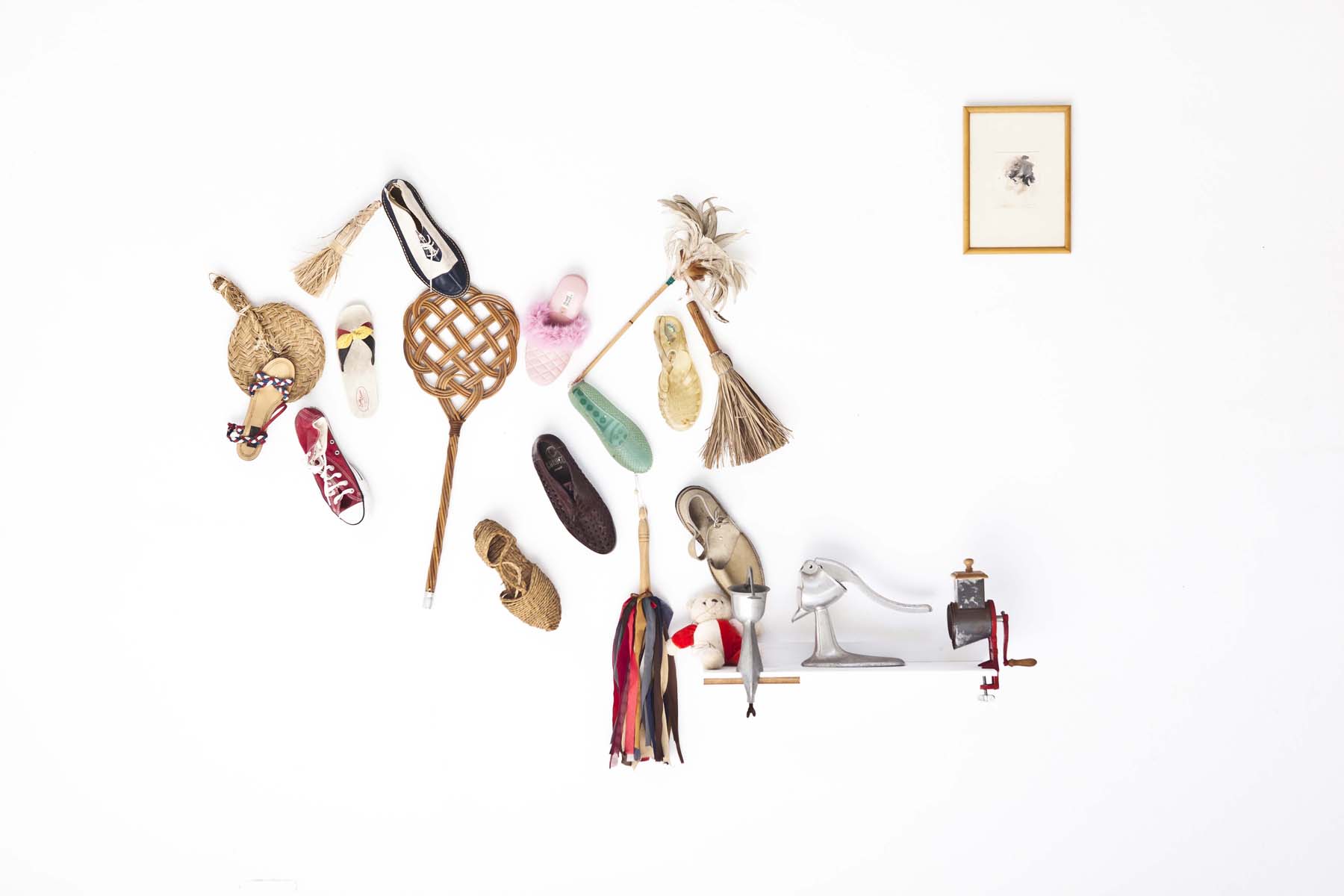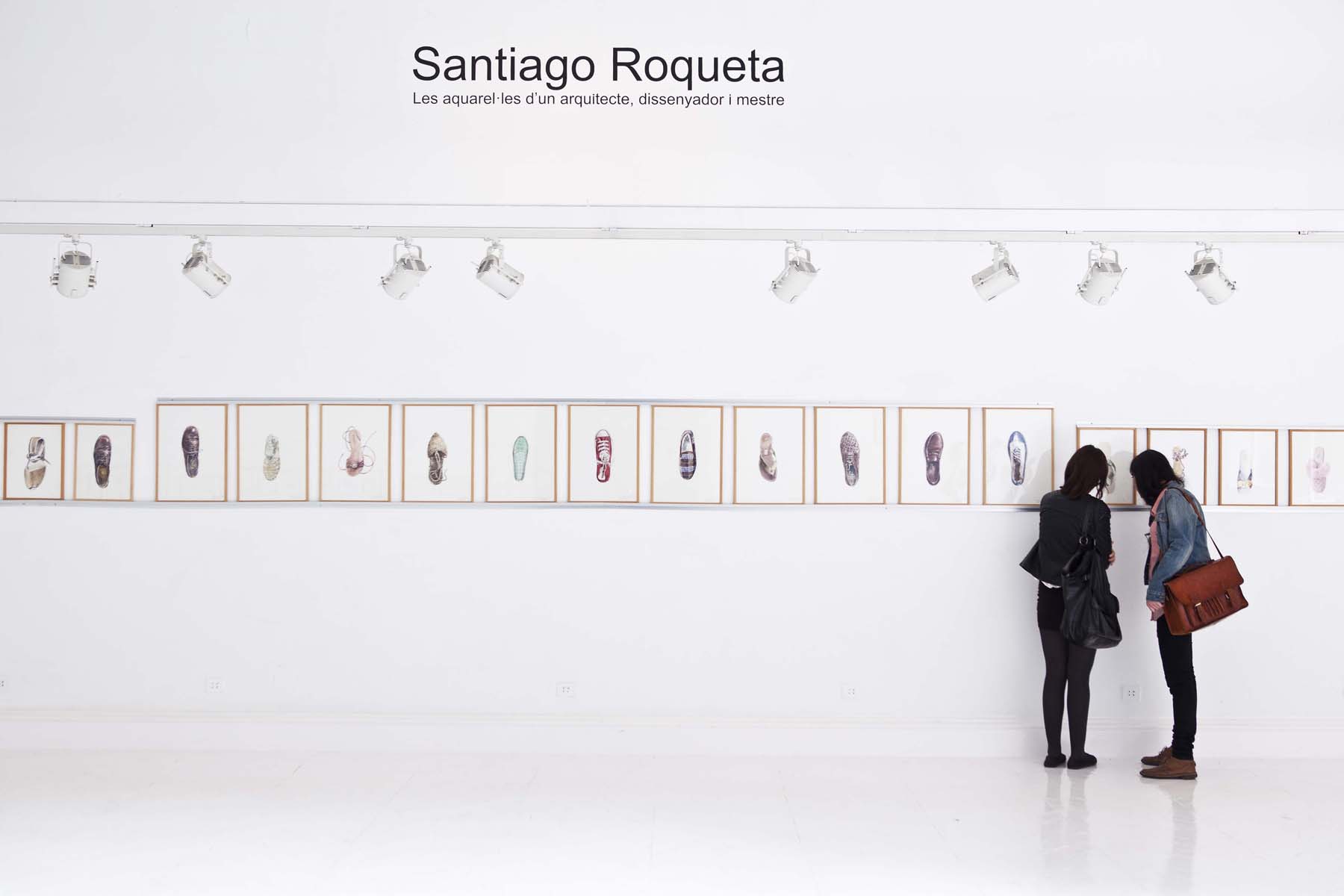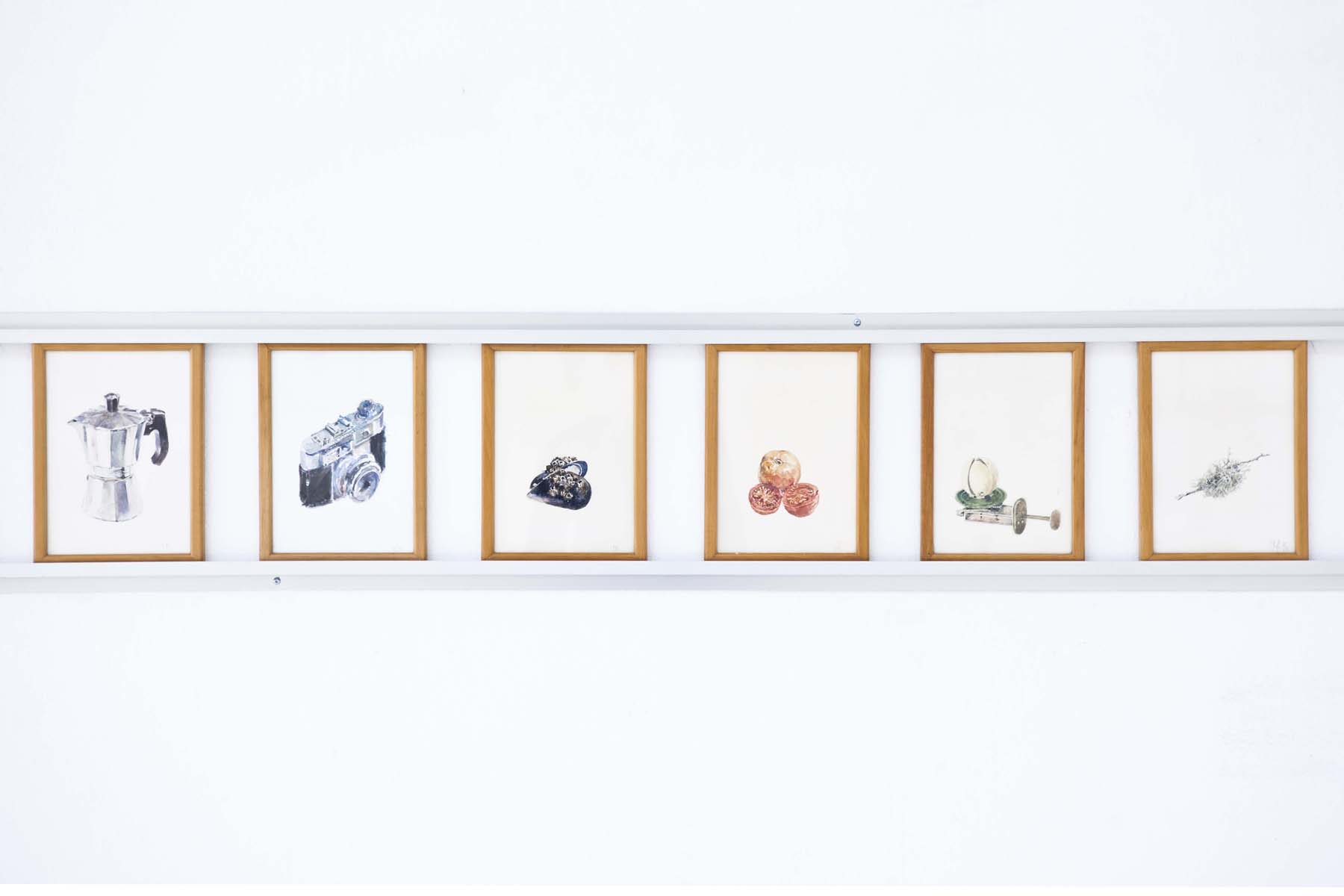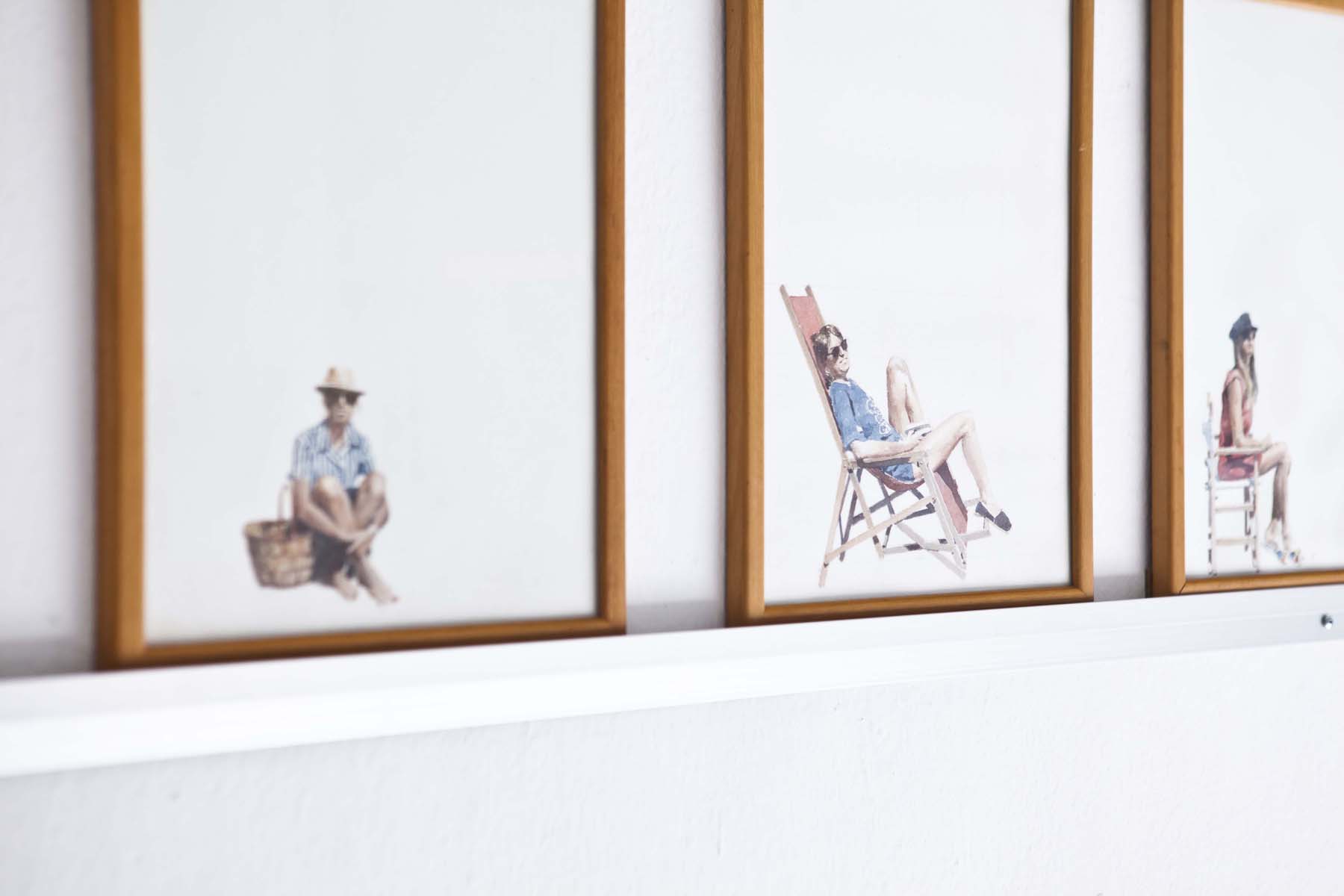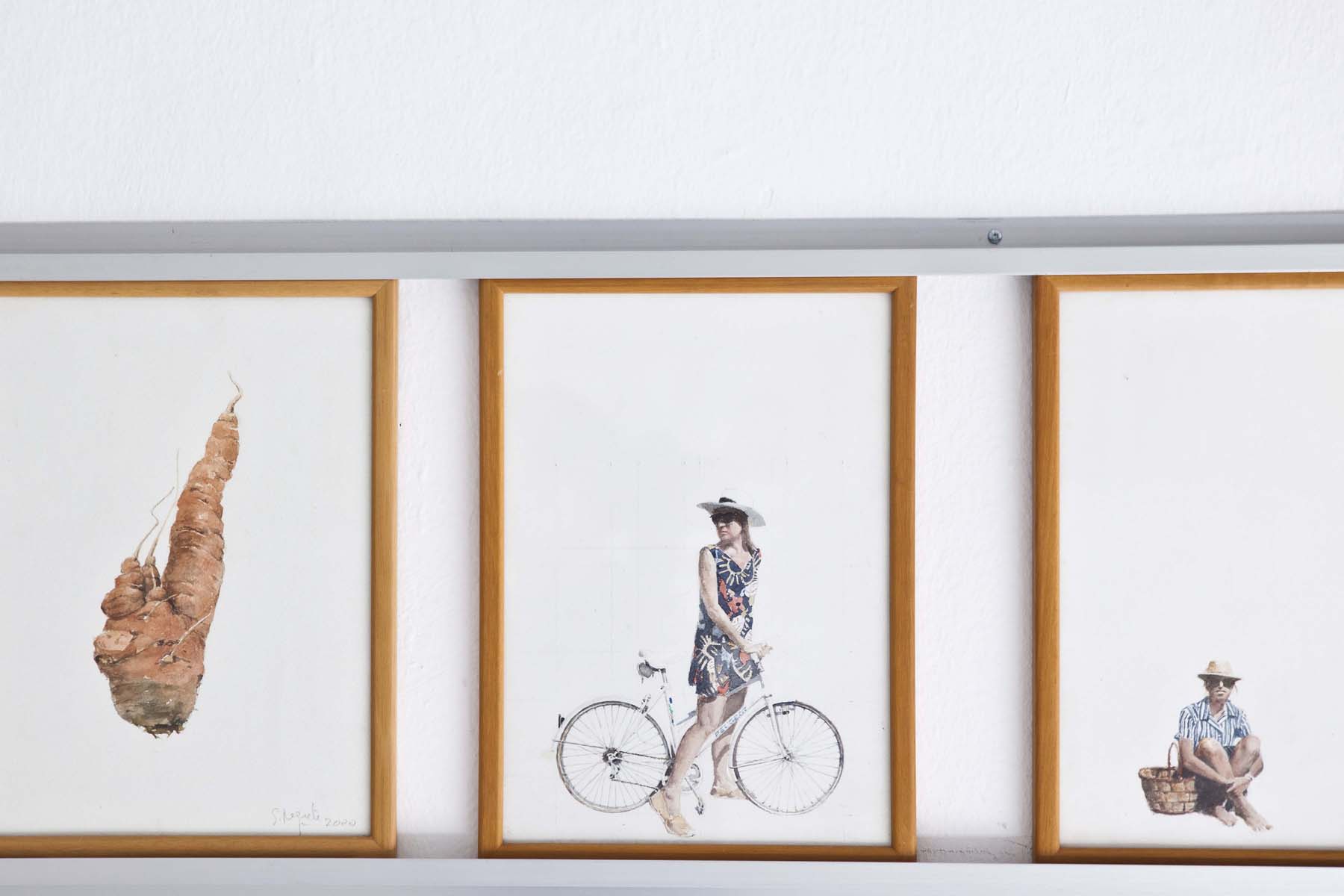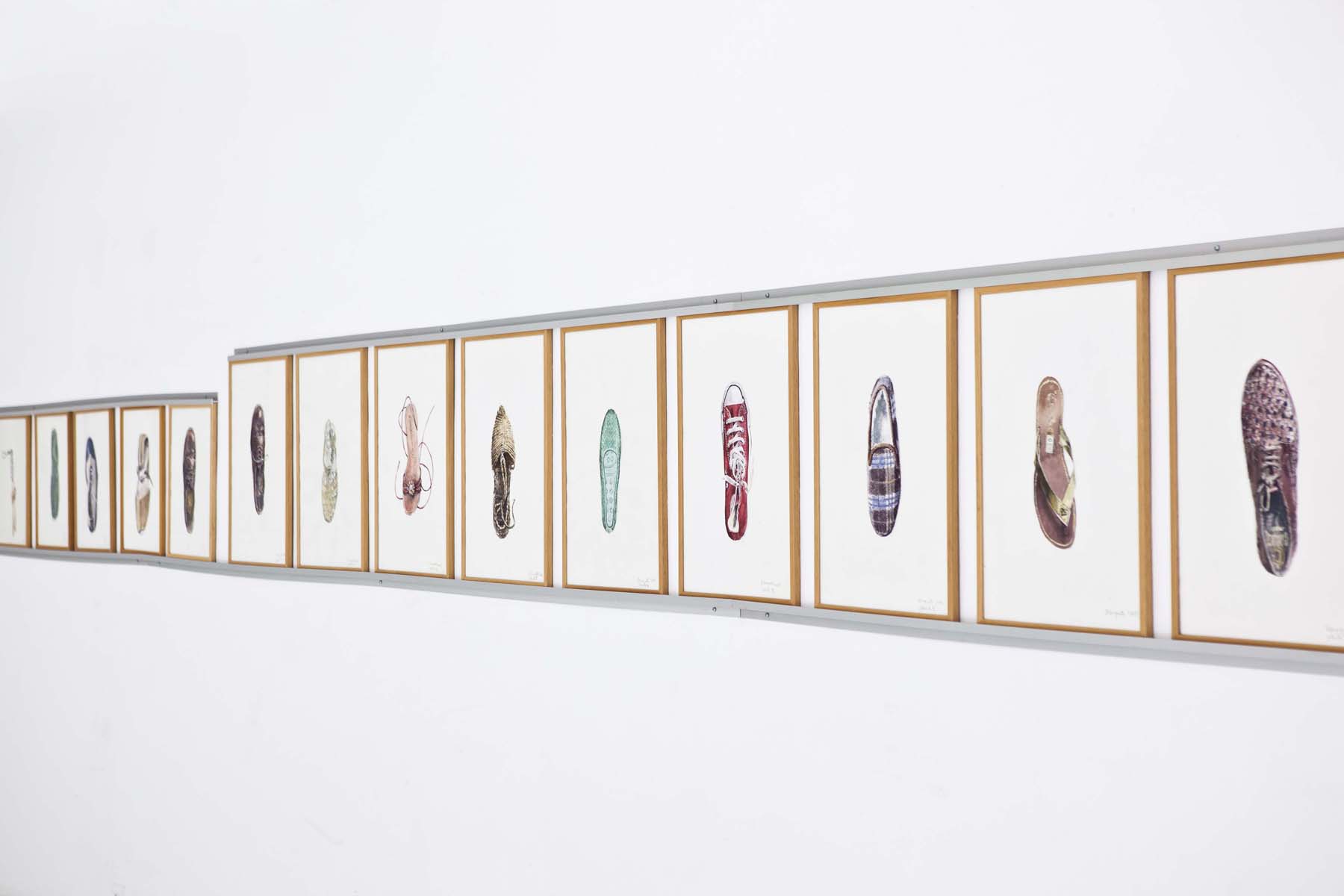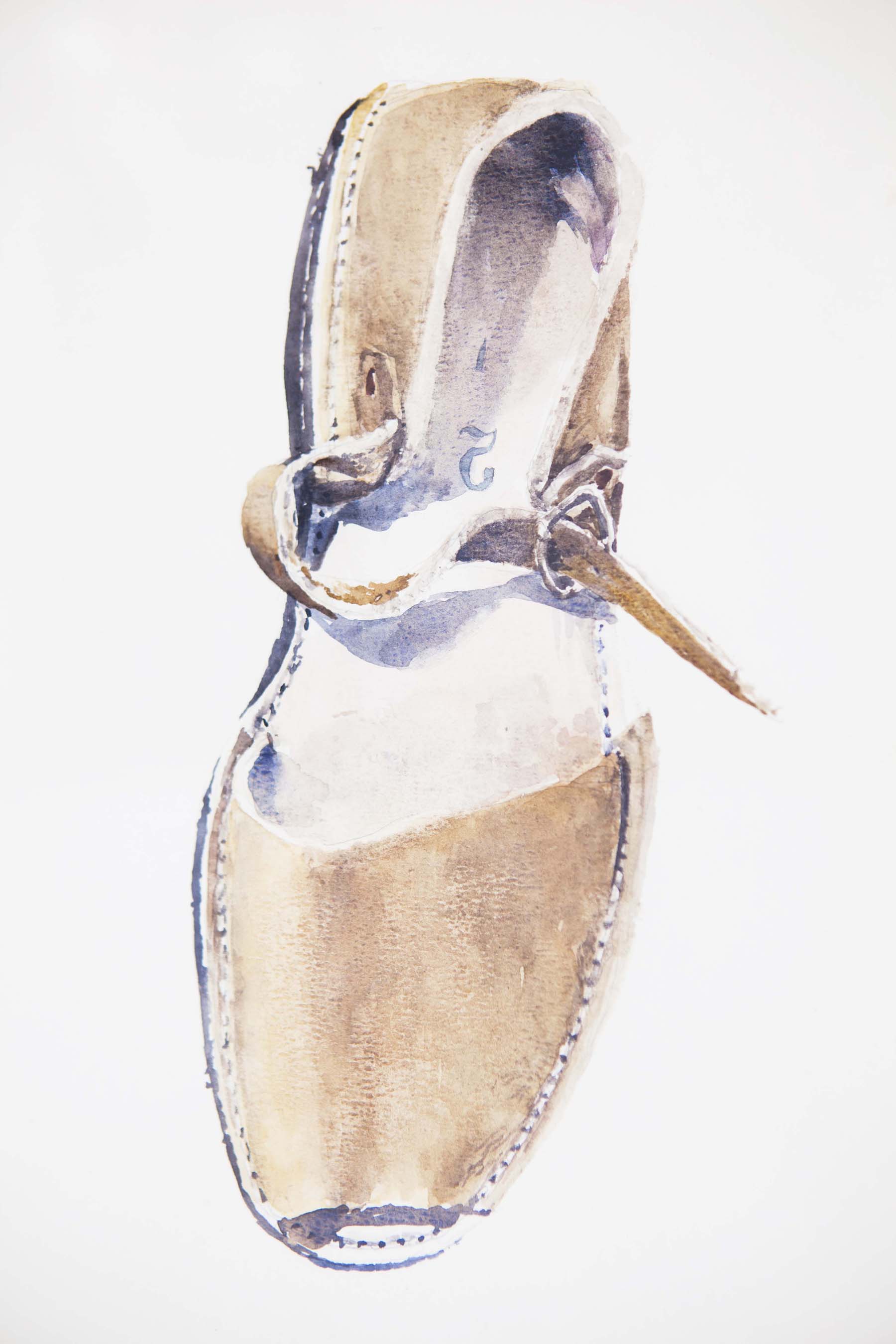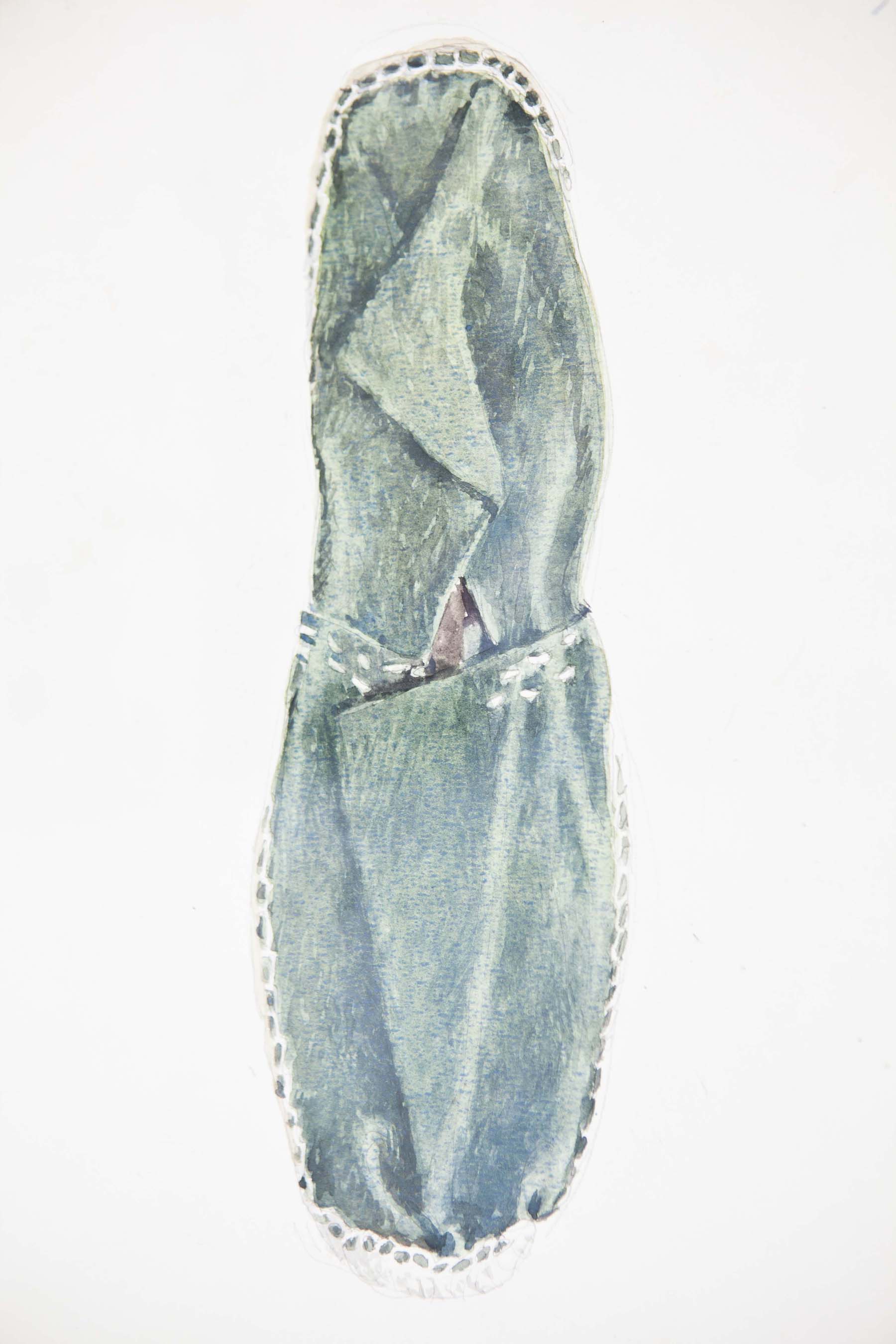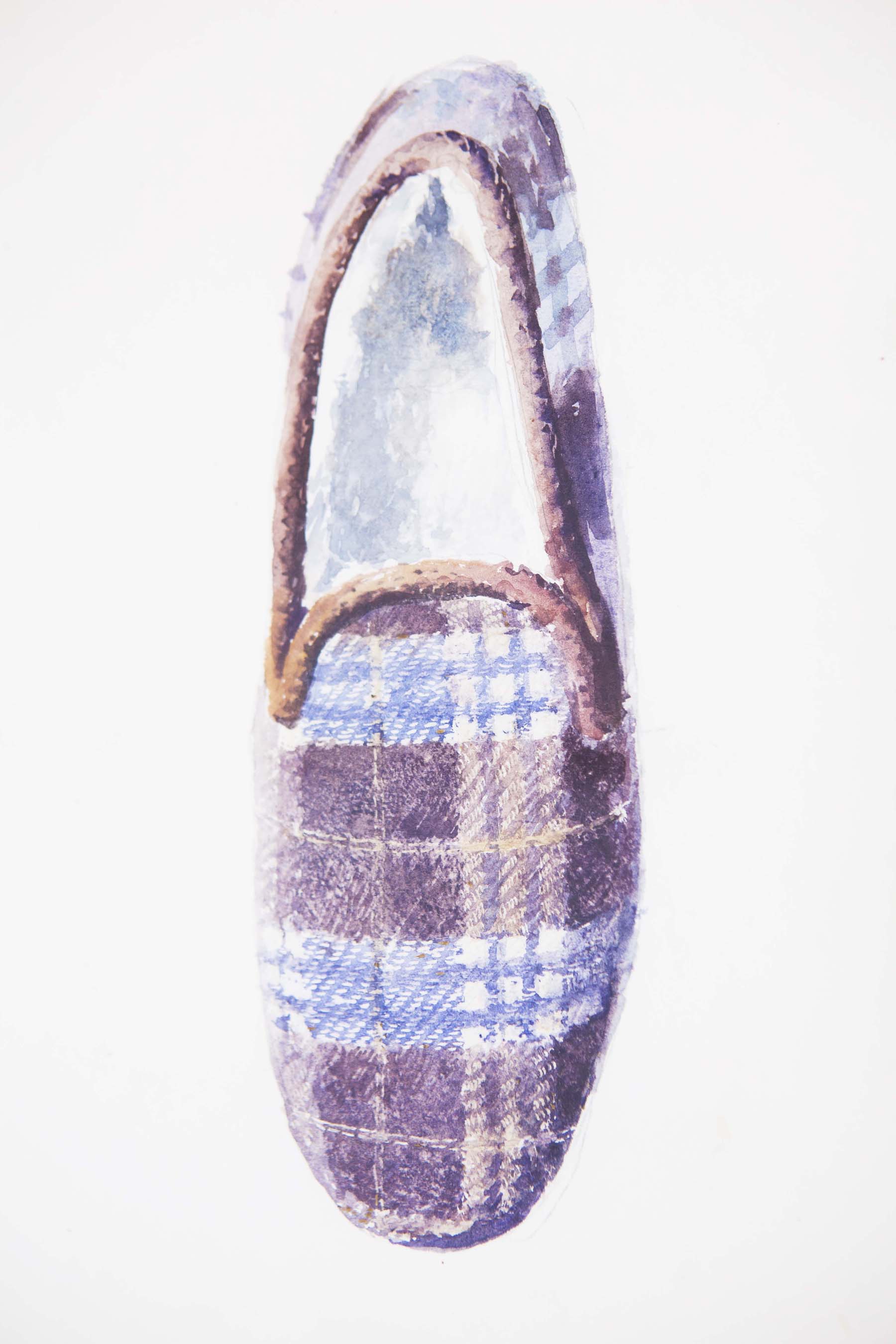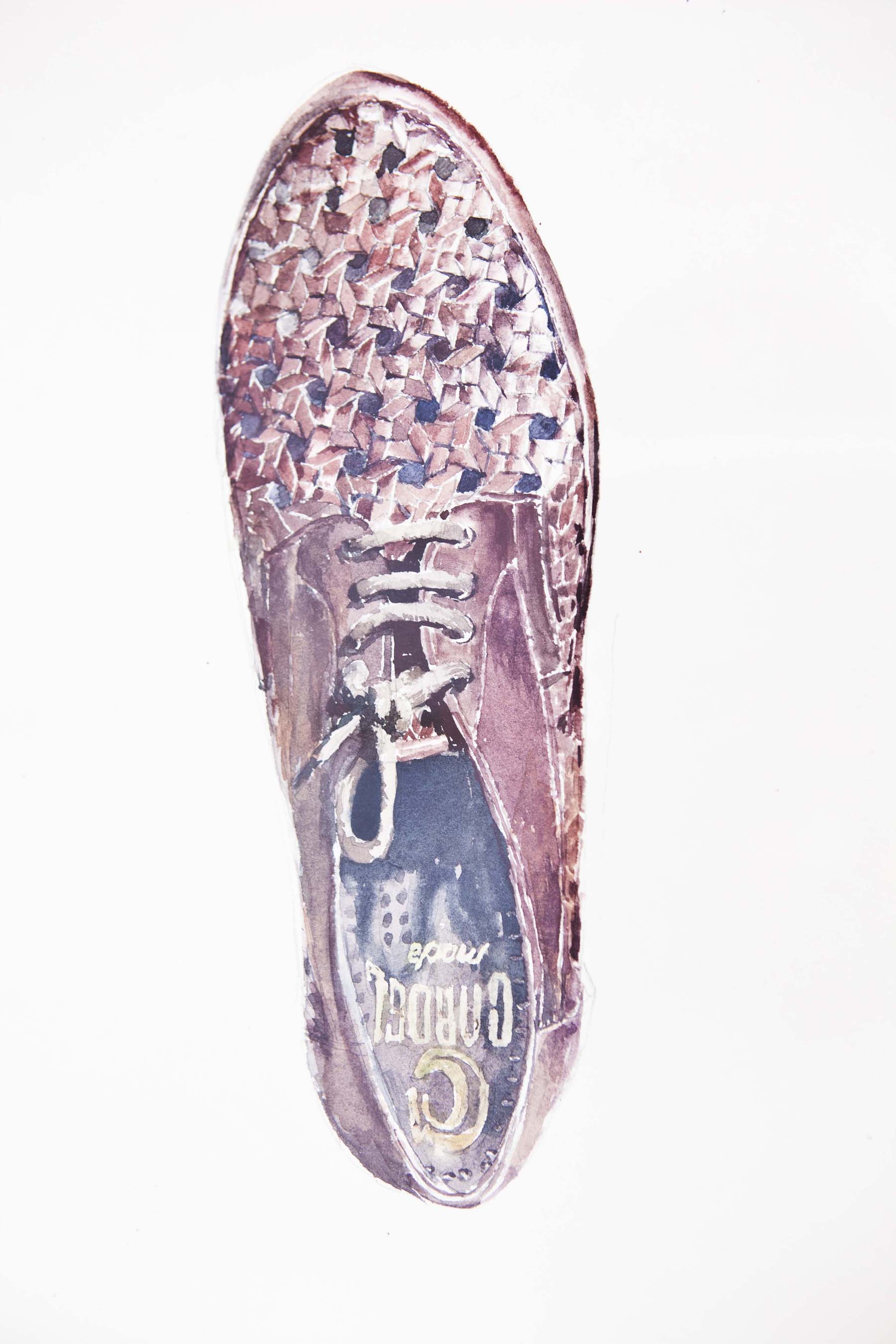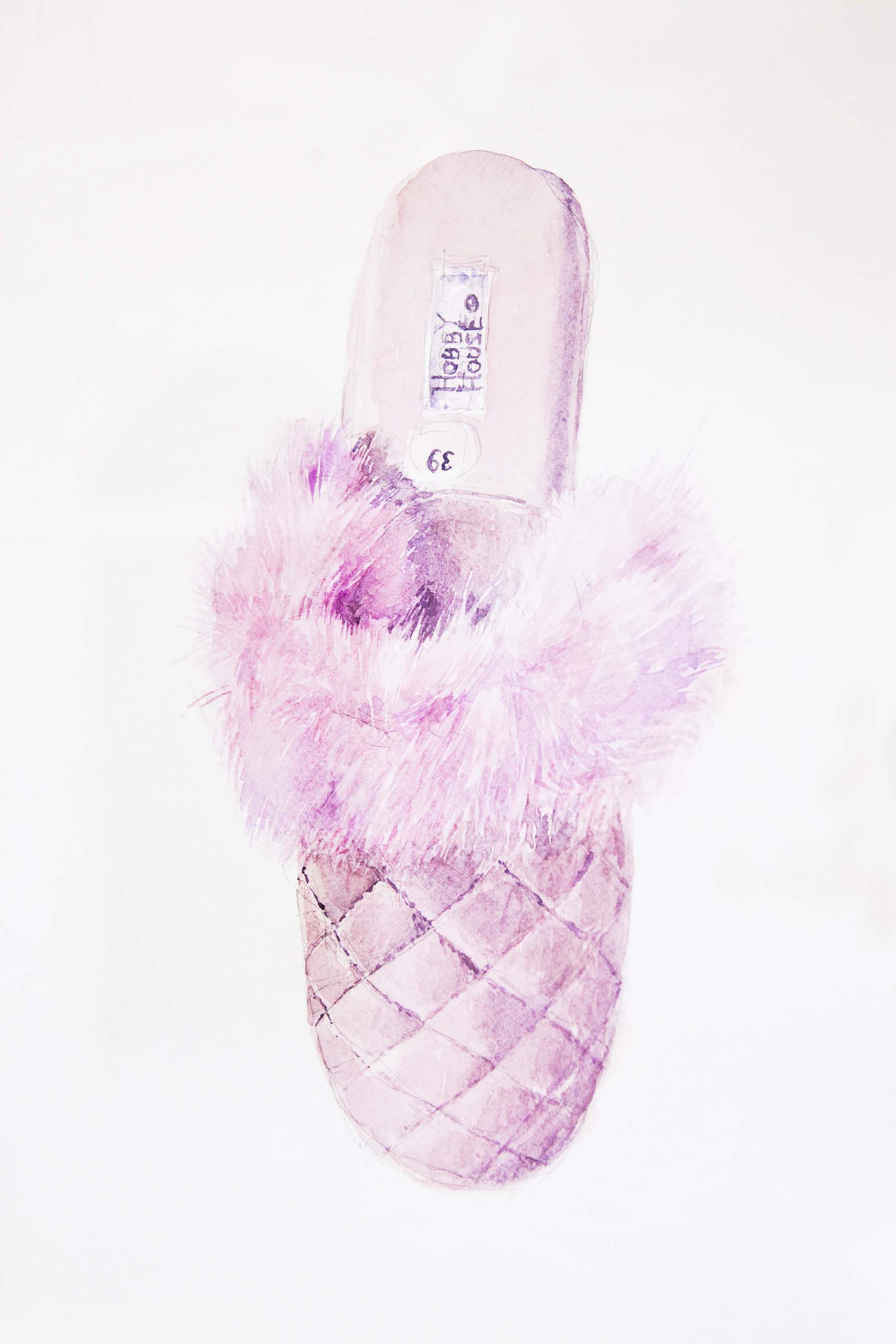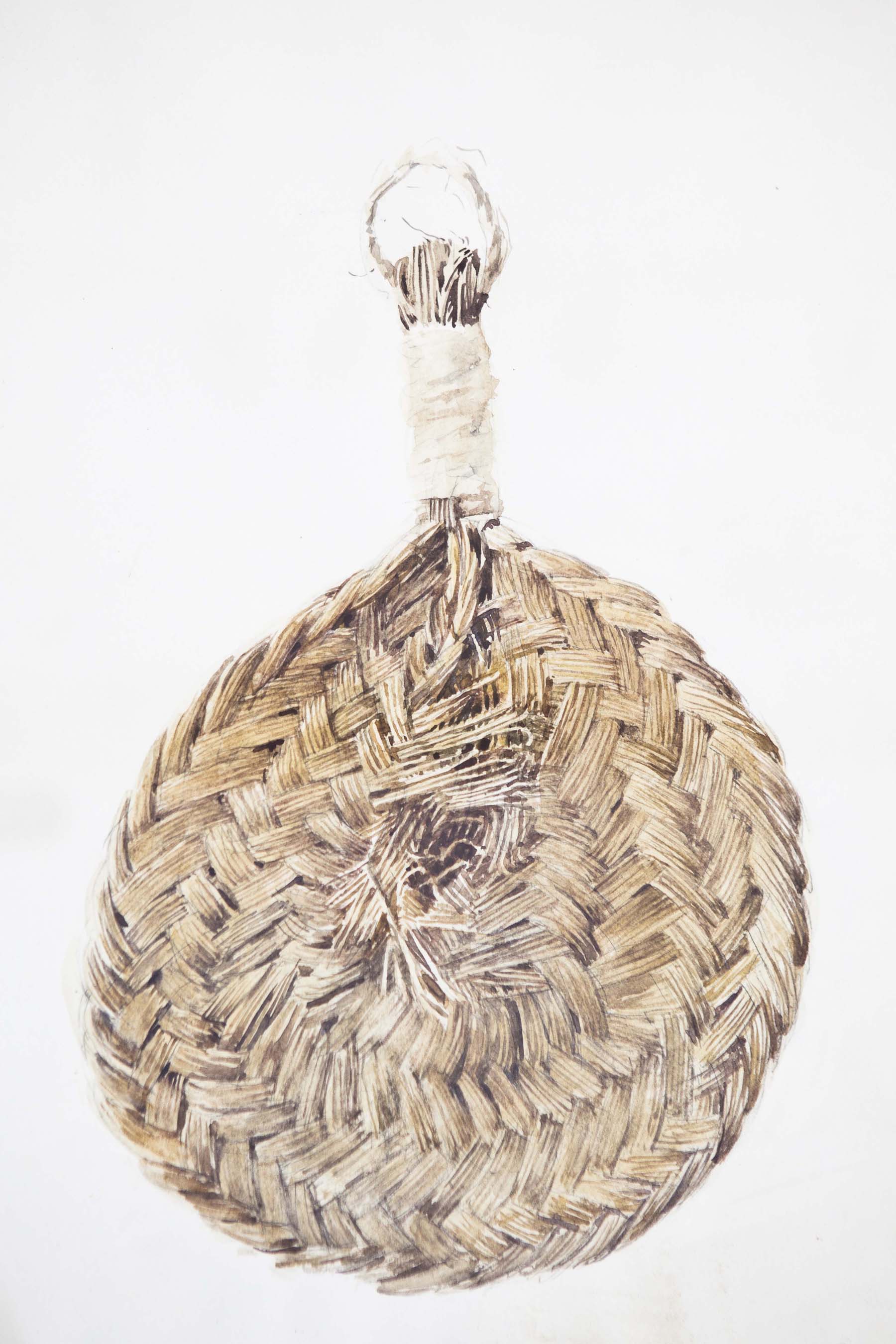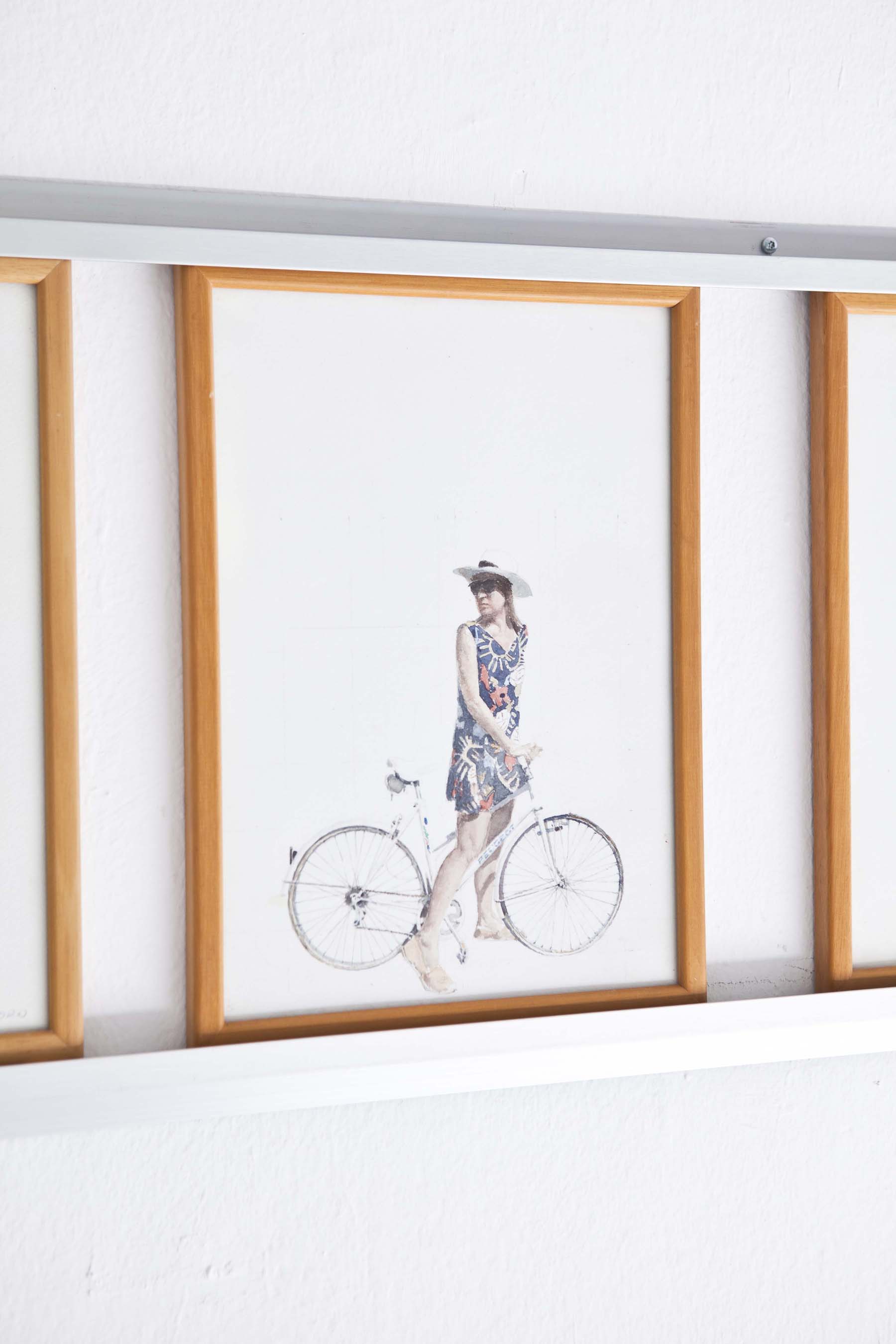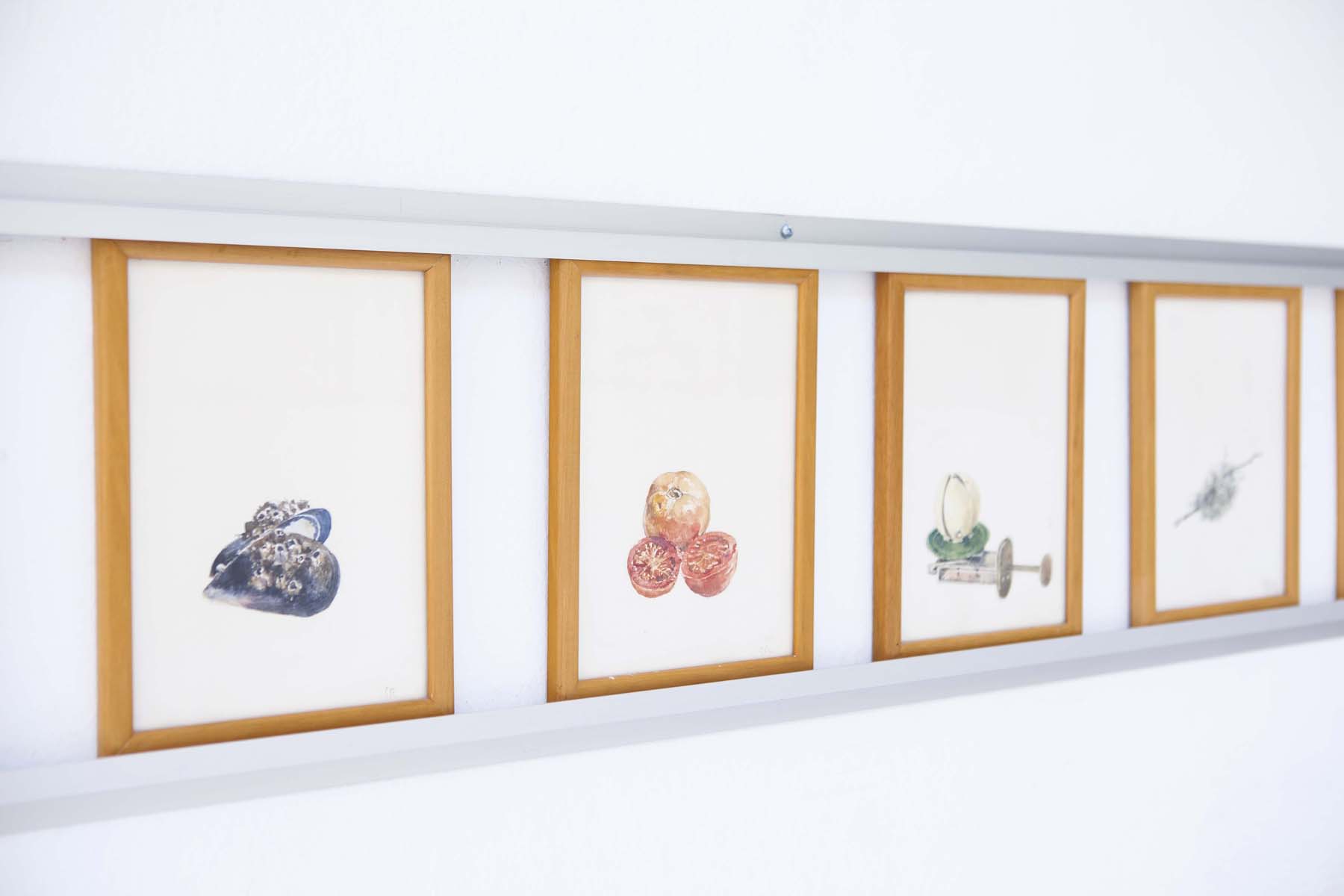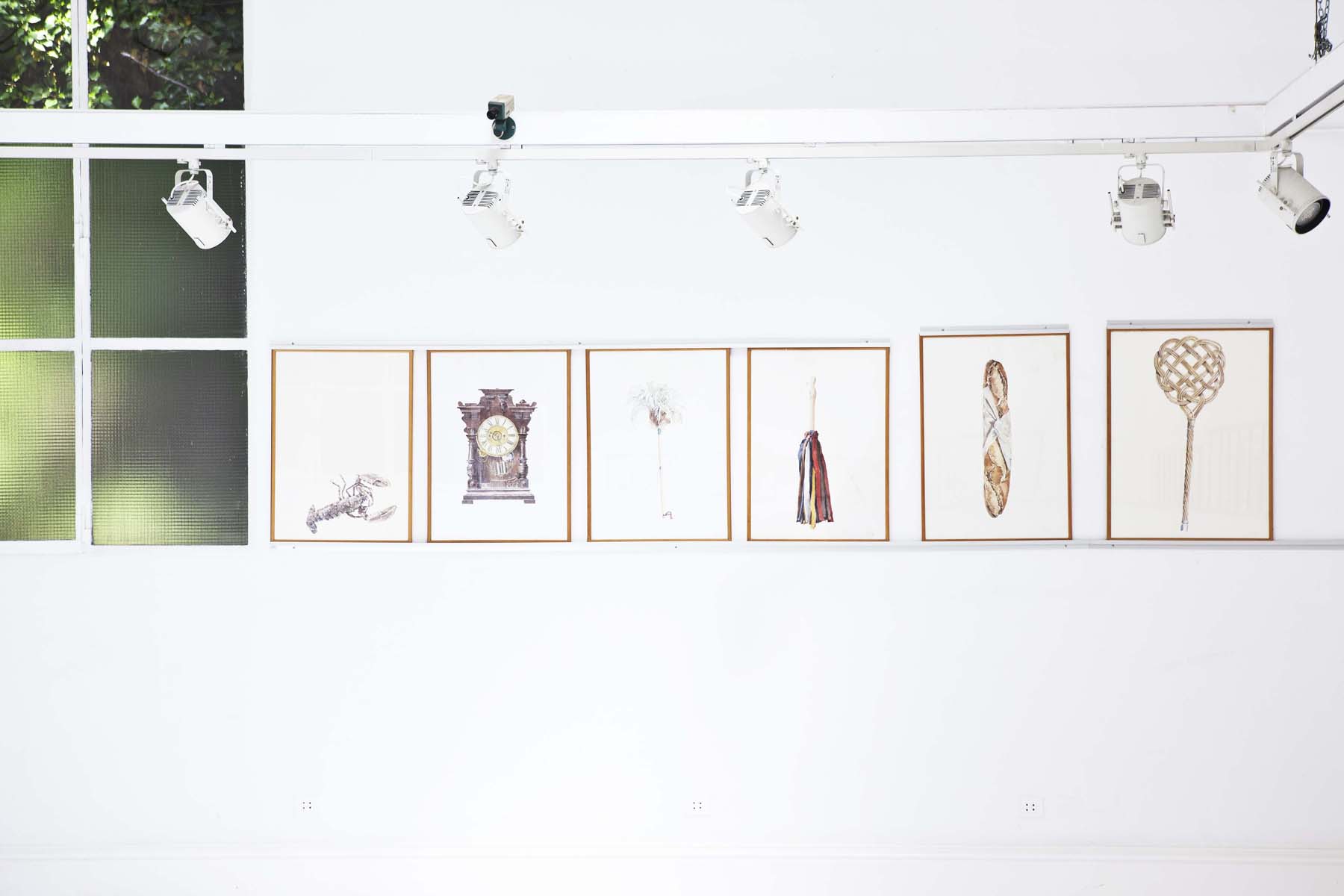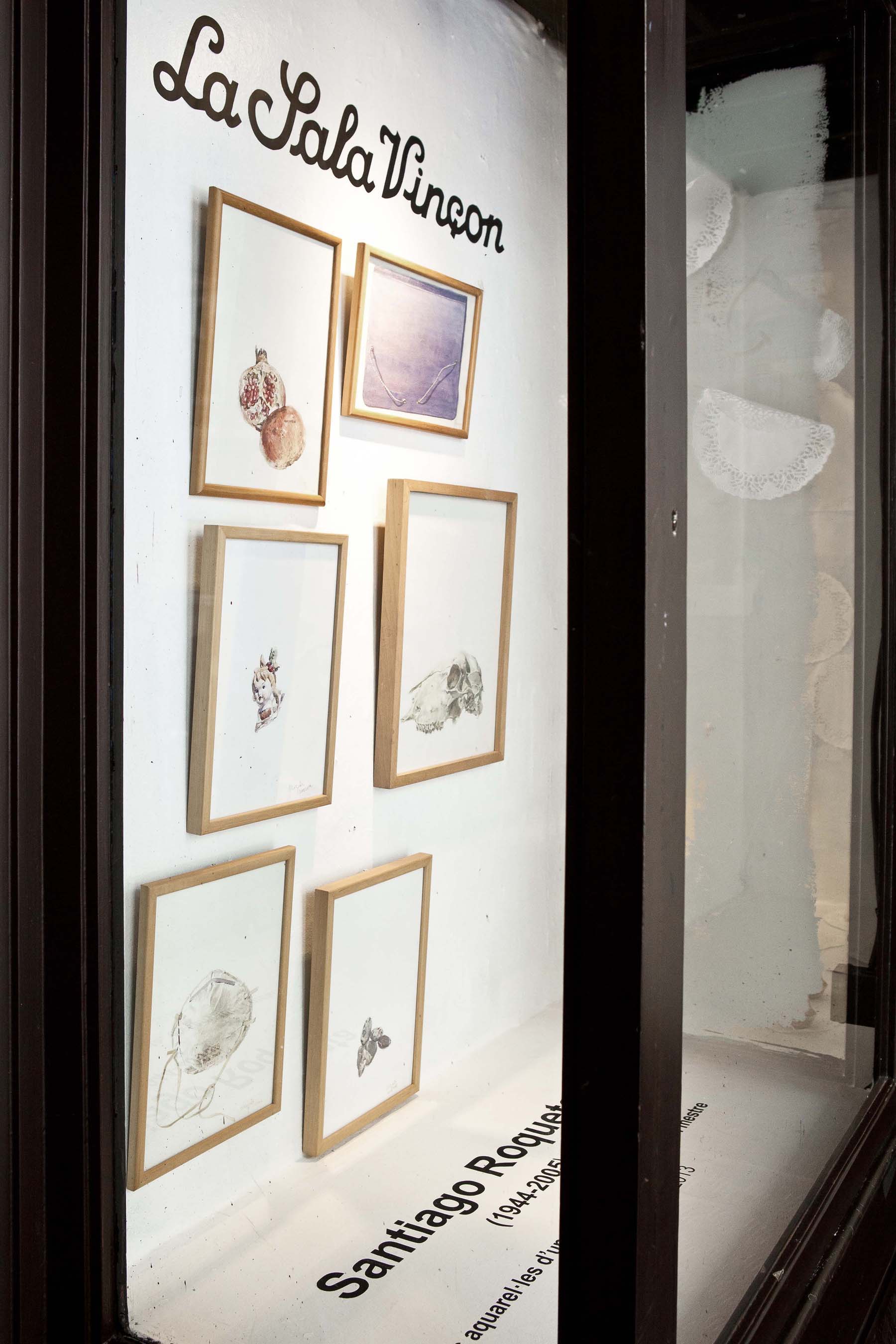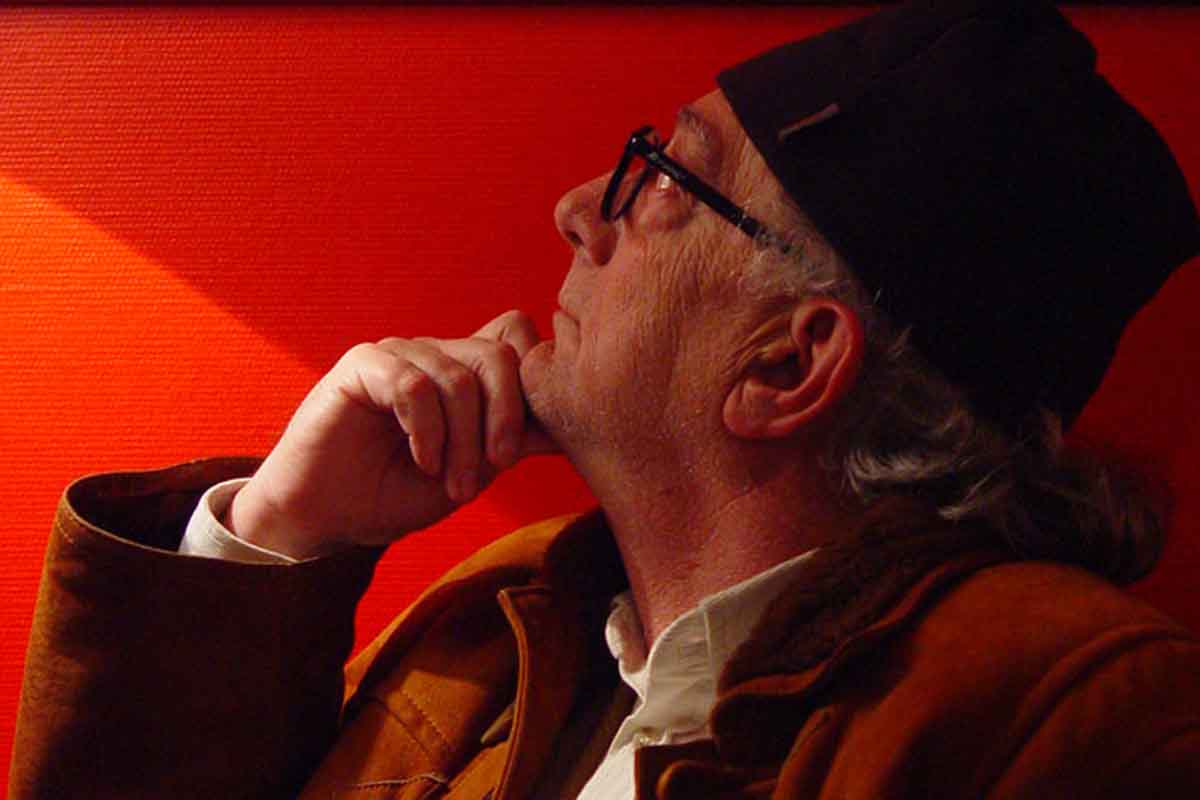
Santiago Roqueta (1944-2005)
Santi Roqueta
21/03/13. (Sala 295)
Watercolors of an architect, designer and master.
Exhibition starts: Thursday 21th March from 7:30 pm. Ends: 20th April 2013.
“We talk too much. We ought to talk less and draw more. For my part, I should like to lose the habit of conversation and, like nature, express myself entirely in drawings”. These words of Goethe head the first chapter of the “Treaty of Drawing”, Santiago Roqueta’s PhD Thesis, 1981.
Santiago was a quiet person. A good friend has written about “eloquent silence” and this definition fits him well. Other friends have described him as “a constant and generous underground stream…”, others have talked about his role as a laconic teacher with an accurate pedagogy, though.
He positively influenced drawing studies at Barcelona’s School of Architecture. I quote a few suggestive phrases, when introducing his programs:
– “We must consider drawing as a creative design project tool ”
– “Drawing is ALWAYS a design project, even its most calligraphic aspects: automatic drawing or the cadavre-exquis, is a project in itself despite the use of different methods.
– “The “simple copy of reality” is nothing but an effort to approach sense and reason to a specific formalization (isn’t it a design project?) “.
Santiago’s sharp gaze underlies his analytical process, his personal research and his multifaceted professional practice, all of them covering the edges of art and architecture. He was a teacher, designer, interior designer, architect, artist, editor.
Since his election of Lewis Carroll’s creature -reference and given name for his professional studio and design firm, the Snark Bazaar (1969)- Santiago Roqueta got a very special and personal profile, whose irony and a healthy dose of surrealism is constantly revealed.
Let’s recall the final sentence of his latest cv: “I do occasionally paint for and with friends.”
One of these friends, a regular participant at watercolour classes taught at Santiago’s home each week, remembers: “While arranging objects on the table, almost without a word, Santiago’s gesture of his chin, looking at the ceiling meant you could start drawing. Two hours of silence and concentration… When your drawing got stuck, a tap on your shoulder indicated you should get up from the chair. Santi took the brush. It was really impressive the way he drew and taught you how to do it… while whispering: go straight on… ”
Santiago Roqueta or the difficulty of watercolor
From a young age we are taught that watercolor is the most simple and educational technique. The only simple thing about it is the way we clean the paint brushes and palette. Watercolor does not allow even the slightest doubt, correction or pentimento. Its apparent immediateness seems to endow the artwork with freshness, but this is only true if we are set to paint confusing landscapes like those of Turner. If we look at other issues, at the way Santiago Roqueta, or Fortuny, Sargent or Whistler do it, watercolor is a devilish technique which requires more foresight, less improvisation and a sense of knowing where we are heading from the start. When Santiago stands in front of a shrimp he has a clear picture of the painting in his head. One day Miquel Barceló, with whom I always have discussions with over painting, struck me with something he said: if he knew where he was heading when starting a piece of work he would mess it up. As an architect, it must have been hard for Santiago Roqueta to act this way, as evidenced by his splendid watercolors.
Oscar Tusquets Blanca March 2013.
Honest testimony of a student Watercolor requires a subtle technique, which for years made it a suitable practice for the training of young ladies. It still is, fortunately. I myself have tried to be as much of a young lady as is necessary so that these unstable and shifting waters, instead of bogging down, fly with the lightness and good manners of young ladies. I have not succeeded, there is no doubt about that.
But, as one of the worst students of Santiago Roqueta, I have seen him mend my fritters with two strokes (two I swear) and suddenly the fritters were transformed into clouds and flew away.
The best thing about this watercolorist’s craft is that it lacks any artistic tension and only requires an extreme elegance of gesture and, above all, of soul, as well as an inordinate love for two virtues that seem to be opposites, accuracy and spontaneity.
The contradiction between exactitude and spontaneity is only apparent. When one learns to respect the virtues of the ladies (virtues totally lost) one understands that there can be nothing higher than spontaneous accuracy. For example, the watercolors of Bonnington and the manners of Rosa Luxemburg, that immense young lady.
That and only that is what the great watercolorists teach. That, and to stop being a beast.
Félix de Azúa. May 1999
Drawing Lessons
(Drawing is) what can be learned on human communication, with no artistic prejudices, through slightly different gestures from writing, which instead of encrypting things, caress its outlines, try to find its meanings, and conveys a sensitive substance, impossible to encode otherwise.
Drawing is a suppressed language: the illiteracy rate can be 8% in a society like ours, but “graphic illiteracy” -that is, people who do not express themselves through drawing and, barely read it-, probably reaches 90%.
Therefore it is necessary to make these drawing lessons as an attempt to bring the graphically expressed thoughts to as many people as possible. All of us do know how to draw, but do not know what we know. Drawing classes are useful to find the mental spot where drawing sleeps and wake it up.
You need writing knowledge to write and to implement, an exam, a political speech, a manifesto, a memory project, a thesis, a list for the supermarket, a report. But it is not necessary to be a poet, essayist nor a novelist, just bring a language learned from everyday life. Drawing seems, however, restricted in the artistic world, and that thought makes people stay away from it, obliging you to maintain an almost reverential attitude to any set of lines drawn on paper.
Thus, you lose a resource of communion with the real world which would increase pure perception and internalization: to draw is something beyond merely looking, it is to understand things much better, its underlying structure, is to understand how things are done and, moreover, it teaches us to use the objects around us. Drawing is about understanding and explaining to each other, it is about communicating.
There are poets, philosophers, novelists, essayists, painters, designers, artists, musicians, actors, dancers, designers, set designers, architects and a lot of other kinds of people dedicated to the arts.
And these experiences are often hermetic or incompatible.
Each of these characters take, directly or elliptically, characteristics of other disciplines: the color of music, the vibration of a poem, a painting’s architecture, the design of a script, the script of a design …
It may seem that there are some bad conscience or intrusion, when a writer wishes to paint or a painter wants to write, or any other combination among disciplines.
Although we must be fluent in different languages, the message is always the same: communication, expression, community, and people.
It may be somewhat difficult, but a painter can learn how to write and a writer can learn how to draw, and so on: thus, technically or apparently distant worlds, although being conceptually identical, may come close.
Balla, Marinetti, Dali, Picasso, Van Gogh, Cellini, Delacroix, Constable, were excellent writers.García Lorca, Alberti, Lewis Carroll, Faulkner, Victor Hugo, Kafka, Kubin, were splendid artists.
Did Shakespeare, Milton and Cervantes draw? Surely they did, but their drawings have not been disclosed.
Writers should be forced to illustrate their works, even if it’s only the book’s cover, and painters to verbally explain their pictures. I do not think at all that this process violates the entity of each work of art or literature.
Santiago Roqueta May 1999
SANTIAGO ROQUETA MATÍAS, architect, painter and designer (Barcelona, 1944)
His designs for restaurants and lounge bars, explain, interpret and improve the social reality of the moment: Ponsà Restaurant (1970) Massana Restaurant (1975) and Zeleste (1973 and 1979) not to mention the rest.
He locates his own professional studio (1975), at Josep Lluís Sert’s former dwelling and restores the building.
He launches Snark Design (1969-1983), editing his own and some friends’ designs; also recovering hidden pieces from Rietveld, Giacomo Balla, Hoffmann, Salvador Dali and others.
Collaborates with design brands and editors: TECMO, MODULE, CONTACT, MOBLES 114, SANTA&COLE. His SNARK catalog is incorporated into Santa & Cole’s collection, and he becomes director of a new design collection, adding new objects like lamps TMM, Basic Nordic Gnome, etc.
He publishes a series of drawings and watercolors in Sketchbooks Collections: Eixample’s buildings, Les Rambles, Gaudi, La Alhambra and some examples of architectural heritage from different Catalan Institutions -Barcelona City Council, Diputació and Generalitat de Catalunya.
He is a curator and sets up different exhibitions at COAC, BCN City Council, FAD, MOPU: Rafael Alberti, Rietveld, Hoffmann, Gaudí, Coderch… and private drawing and painting collections.
His own design production, such as the “Zeleste” and “Basic” lamps, his “Vallvidrera” armchair is exhibited in museums like MOMA, MNAC and Barcelona Decorative Arts Museum. These pieces are part of the collective exhibition “Industrial Design in Spain”.
He teaches Design and Drawing at UPC School of Architecture (since 1971), at “Escola del Treball”, ELISAVA and EINA (1978-1988).
He is awarded the Special Prize Exhibition 1978 for his “SNARK Design” stand at Fira de Mostres de Barcelona.
Other businesses, restaurants and pubs complement the list of his earlier work: The Teatre Malic (1984), The Barcelonina de Vins i Esperits (1983), the Snooker Club (1985 FAD Award), restaurant Els Balcons (1985), the Sisisí Bar (1986, with Gabriel Ordeig), several stores at Boulevard Rosa (1984-1986), the Galeria Ciento (1986), Ovideo TV offices (1985).
In 1987 he establishes a professional studio with architect Pilar Cós. The collaboration includes works of architecture and design, teaching and university commitments.
He renovates and restores more than thirty dwellings and firms belonging to our local architectural heritage (noucentista, modernist and rationalist buildings). He achieves drastic changes by resorting minimal interventions. In all cases he designs specific pieces of furniture and lighting.
The Interior FAD Award 1985 is given to Snooker Club Barcelona. His “Vallvidrera” armchair is awarded the Silver Delta 1985 prize. His work is a finalist for the FAD Architecture Prize in 1987.
He becomes Dean at ETSAB (1991-1994). He launches “Architecture, Art i Espai Efímer” a master program imparted at UPC and is Director and Head Researcher since 1994. As a Dean he establishes a joint agreement with Santa&Cole to publish and supervise a collection of Pieces and related Monographic books: “Spanish Classic Design” and “Contemporary Designers”.
He collaborates with the media producer Ovideo TV: he restores its offices; designs its specific furniture, draws for sets, TV series, commercials and movies.
He continues to focus on his professional practice and restores architectural work. He designs all kinds of specific furniture as usual in his professional work.
He obtains the first UPC Prize drawing 1992 award. First award and commitment to building some architectural competitions, such as: Old Quarter Restoration Campaign “Sant Just Llueix-te”, (1999). El Prat de Llobregat’s Municipal Radio.
He collaborates in a restricted competition to design the “Forum de les Cultures” opening ceremony in Barcelona, but has a wrong kind of Forum in mind and loses the assignment.
He designs a new collection of lamps based on Albrecht Dürer speculations, mainly the equilateral triangle form which appears in his engraving Melancholia I.
As usual, in spite of everything he keeps working as an architect, teacher and designer. He occasionally paints for and with friends.
Santiago Roqueta, December 22, 2004.
(NE: Santiago Roqueta died in Barcelona on January 4, 2005)
